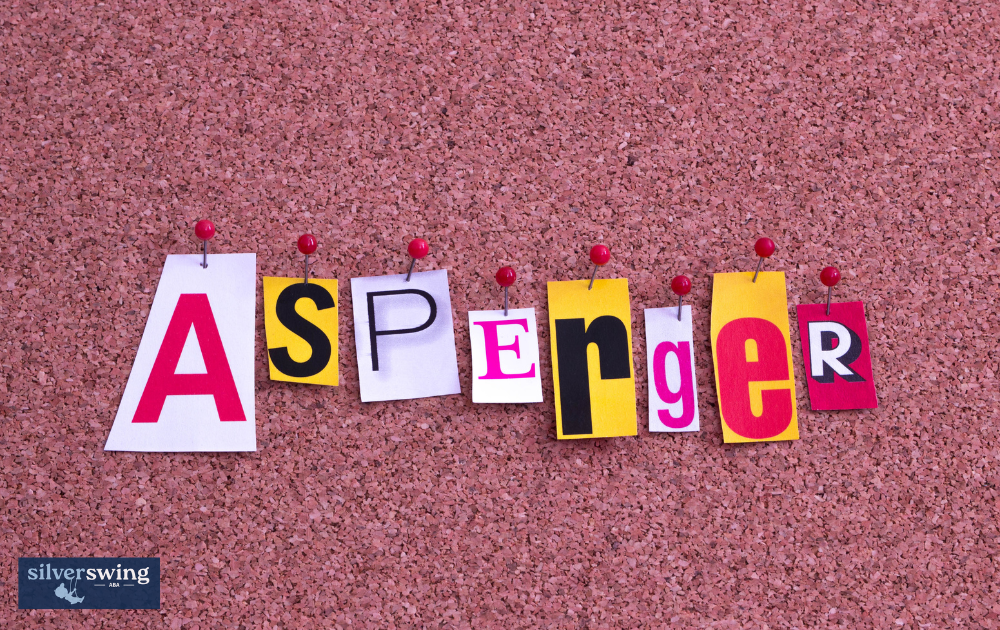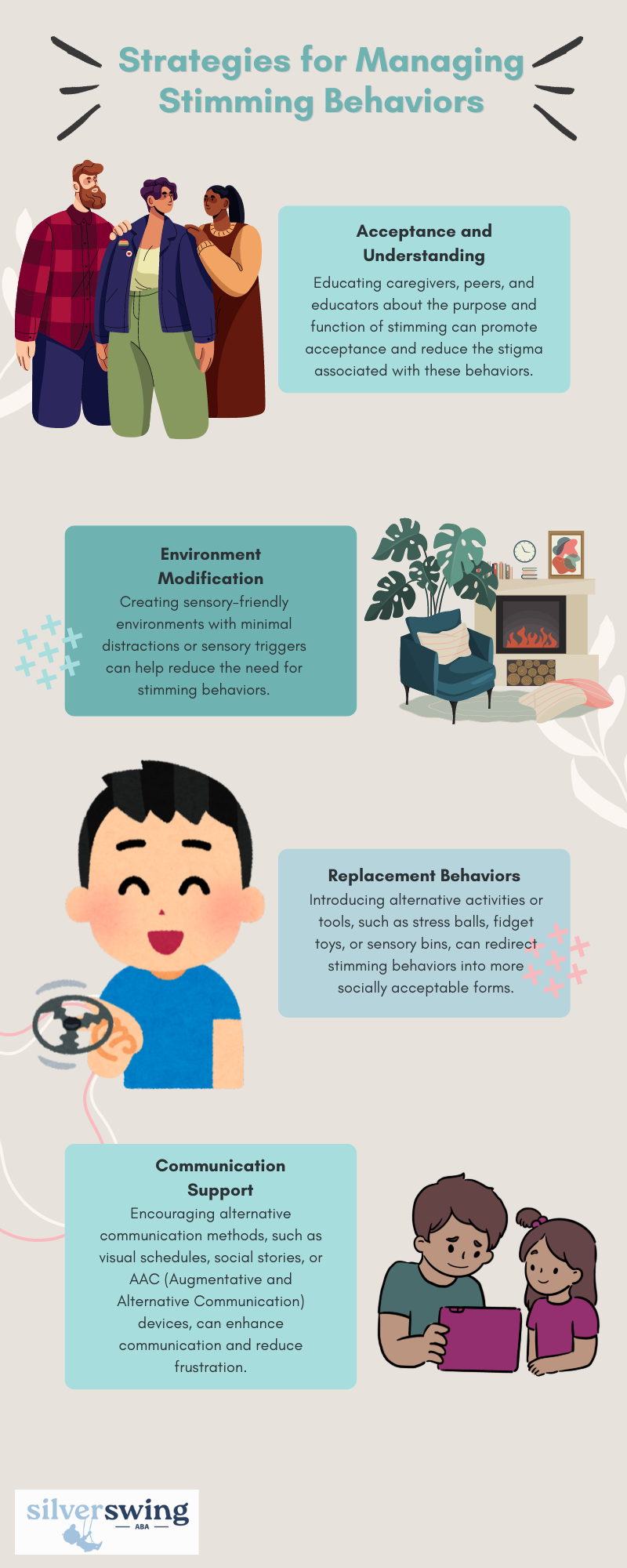Stimming, short for self-stimulatory behavior, is a repetitive action or movement that individuals with Asperger’s syndrome and other forms of autism spectrum disorder (ASD) often engage in. These behaviors serve various purposes, such as self-regulation, sensory stimulation, and emotional expression.
Understanding stimming is crucial for caregivers, educators, and individuals themselves to better support and manage behaviors associated with Asperger’s syndrome.

What is Asperger's Syndrome?
Asperger’s syndrome is a neurodevelopmental disorder that is part of the autism spectrum. It was previously considered a separate diagnosis but is now classified under the broader umbrella term of ASD.
Individuals with Asperger’s syndrome typically have average to above-average intelligence and may exhibit challenges primarily in social interaction and nonverbal communication, alongside restricted and repetitive patterns of behavior and interests.

Understanding Stimming
Stimming encompasses a wide range of behaviors that individuals with Asperger’s syndrome use to regulate their sensory experiences and emotions. These behaviors can be simple or complex, and they often involve repetitive movements, sounds, or actions.
While stimming is commonly associated with autism spectrum disorders, it’s important to note that neurotypical individuals may also engage in self-stimulatory behaviors to some extent, such as tapping a pencil or twirling hair.
However, stimming in ASD tends to be more frequent, intense, and sometimes more complex in nature.
Here are some of the most common examples of stimming in individuals with Asperger’s syndrome:
- Hand Flapping – This is one of the most recognizable forms of stimming, where individuals rapidly flap their hands, often near their face or body. It can vary in speed and intensity depending on the individual and the situation.
- Rocking – Rocking back and forth while seated or standing is another common stimming behavior. It provides rhythmic sensory input and can help individuals self-soothe or maintain focus.
- Finger Tapping or Drumming – Tapping fingers or hands on surfaces, often in a repetitive pattern, is a stimming behavior that provides sensory feedback through touch and sound.
- Repeating Words or Phrases – Echolalia, or the repetition of words or phrases spoken by others or from media, can be a stimming behavior used for communication or self-calming.
- Spinning Objects – Some individuals with Asperger’s syndrome may enjoy spinning objects such as wheels, tops, or even themselves, which provides visual and sometimes vestibular stimulation.
- Visual Stimming – This includes behaviors such as staring at lights, spinning objects, or repetitive movements involving visual stimuli, which can be calming or stimulating depending on the individual.
- Tactile Stimming – Touch-based stimming behaviors may include rubbing textures, scratching surfaces, or squeezing objects to regulate tactile sensory input.
- Verbal Stimming – Making vocal sounds, humming, or producing repetitive noises can serve as a form of stimming that provides auditory feedback.
Functions of Stimming
Stimming behaviors serve several important functions for individuals with Asperger’s syndrome, including:
- Self-Regulation – Stimming helps individuals regulate their sensory experiences, manage stress, and modulate emotions. It can provide a sense of comfort and predictability in otherwise overwhelming environments.
- Sensory Seeking – Many stimming behaviors involve seeking sensory input, such as touch, movement, or visual stimulation, which can be enjoyable or satisfying for the individual.
- Expression of Emotions – Stimming can also serve as a way to express excitement, frustration, or anxiety when verbal communication is challenging or insufficient.

Impact on Individuals and Management Strategies
While stimming can be beneficial for self-regulation and sensory processing, it can also pose challenges in social settings and daily activities. Excessive or disruptive stimming behaviors may attract unwanted attention or interfere with tasks.
Therefore, it’s important to adopt strategies that promote understanding and support without suppressing the individual’s natural coping mechanisms. Here are some strategies that can help:

Stimming is a natural and often beneficial behavior for individuals with Asperger’s syndrome, serving important functions related to sensory regulation, emotional expression, and self-soothing. By understanding and respecting the purpose of stimming, caregivers and educators can support individuals with ASD in managing their behaviors while promoting their overall well-being and participation in daily activities.




